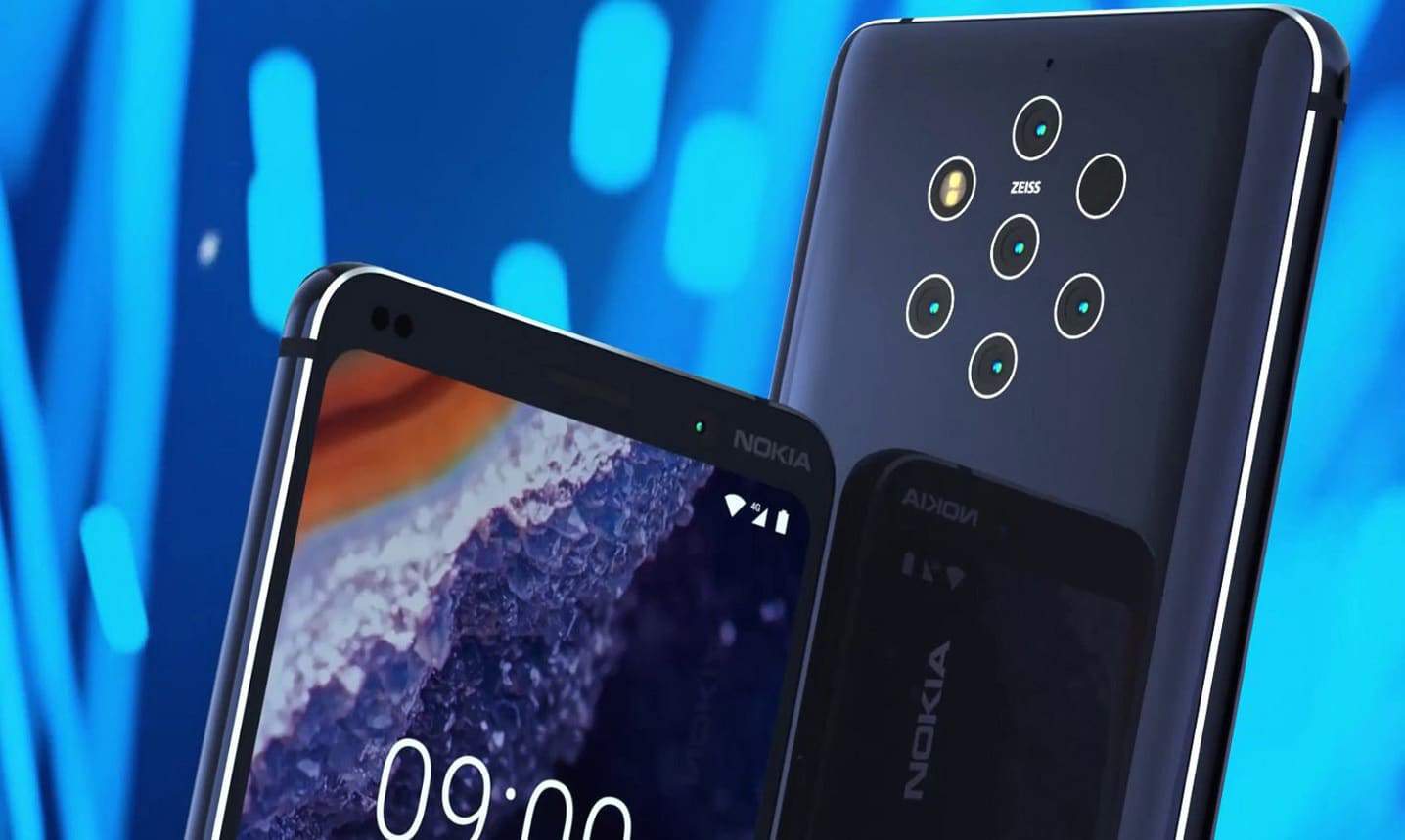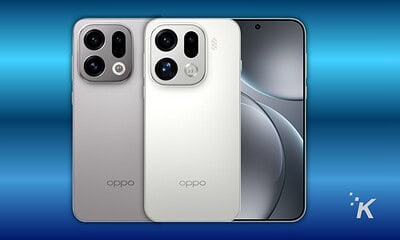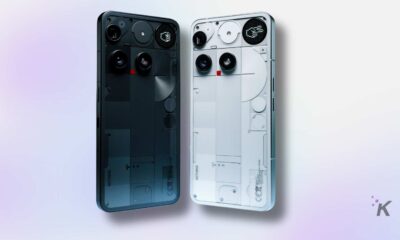Mobile
Nokia decided that its PureView smartphone needed five cameras on the back
The Nokia 9 Pureview was created in partnership with Light.

Just a heads up, if you buy something through our links, we may get a small share of the sale. It’s one of the ways we keep the lights on here. Click here for more.
In the quest for getting better photographs from our smartphones, manufacturers have had to resort to some nifty tricks. After all, with the depth of the average phone, you can’t fit equivalent lenses from a DSLR in there. Most phones with multi-camera modules on the back have an array of lenses, from wide angle to telephoto, and sometimes monochrome to create better contrast. Nokia has decided to take a different view, with the Nokia 9 PureView.
The five camera modules on the back of the phone are all tweaked to do one thing – create the best image possible. That means you won’t find the usual smartphone lenses for different types of photos, like ultra wide-angle, optical zoom or wide-angle.
Instead, the cluster has two 12-Mp RGB color sensors, three 12-Mp monochrome sensors, a time-of-flight sensor to measure the distance between the lens and the subject and a dual-tone LED flash. All of the sensors are made by Zeiss, and all have the same f/1.85 aperture.
READ MORE: The Nokia 8210 sees new life in 2022 thanks to HMD Global
Those five camera modules are then stitched together by a special chipset, the Lux capacitor. This comes from Light, the startup that made the 16-lens camera that came out in 2015 (our review for the 16-lens camera will be out soon, if Nokia’s implementation is half as good it’ll have a winner). While the Nokia 9 PureView is powered by the capable Snapdragon 845, that chip can only control two cameras working simultaneously.
It’s a wonderful blending of technology and software, which should create fantastically detailed images. Each of the cameras captures between one and four frames every time you press the shutter button. Those are then combined in a technique called image stacking, which combines details of each frame to create the finished image.
It will be interesting to see how well the camera system stacks up against the current king, the Pixel 3. The Light L16 produces wonderfully detailed images, but processing them is slow. It’s likely that the Nokia 9 PureView will also suffer from this, possibly limiting the real-world utility of the cameras.
While it might not have commercial success, I’m just glad to see Nokia back to its old ways of innovating in the space.
What do you think? Is this phone interesting to you? Let us know down below in the comments or carry the discussion over to our Twitter or Facebook.
Editors’ Recommendations:
- Sprint plans to have its 5G network up and running by May 2019
- T-Mobile has delayed its 5G coverage to the second half of 2019
- Huawei’s Mate X foldable phone runs $2,600 and looks better than the Samsung Fold
- Thankfully, you can now map the Samsung Bixby button to do things that are actually helpful
- Samsung’s $130 Galaxy Buds are the AirPods competitor we’ve been waiting for
































